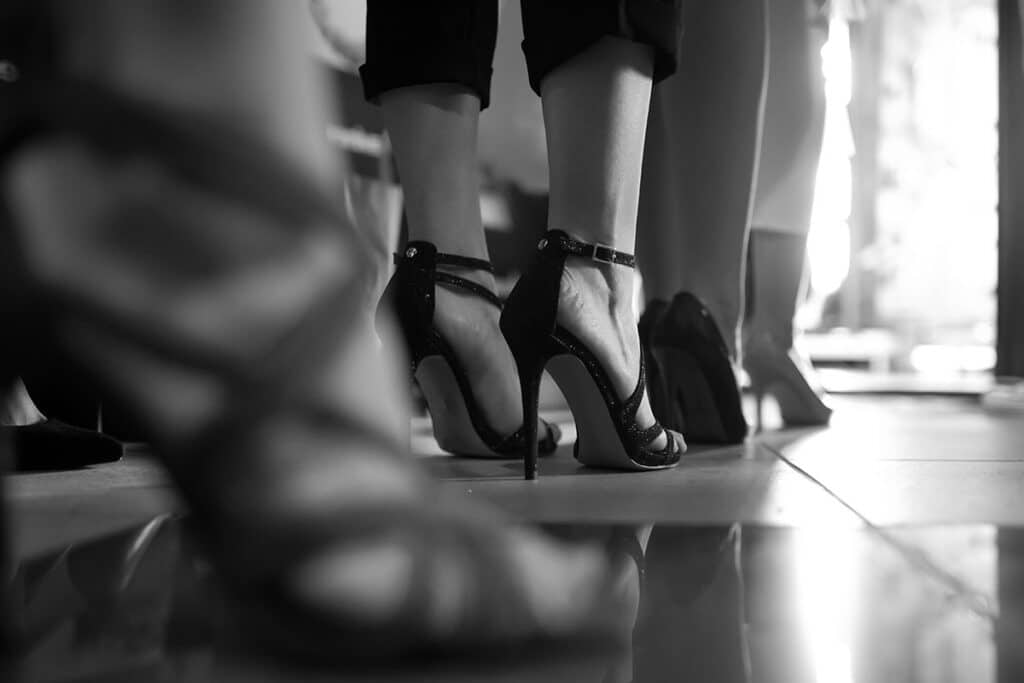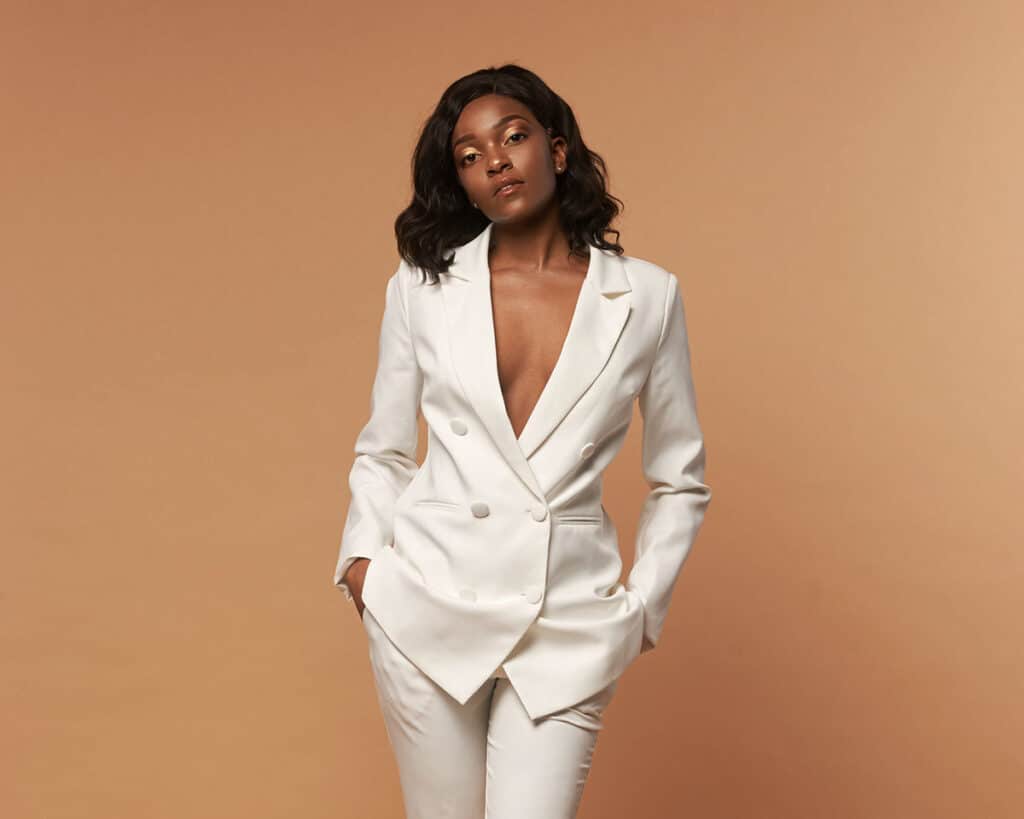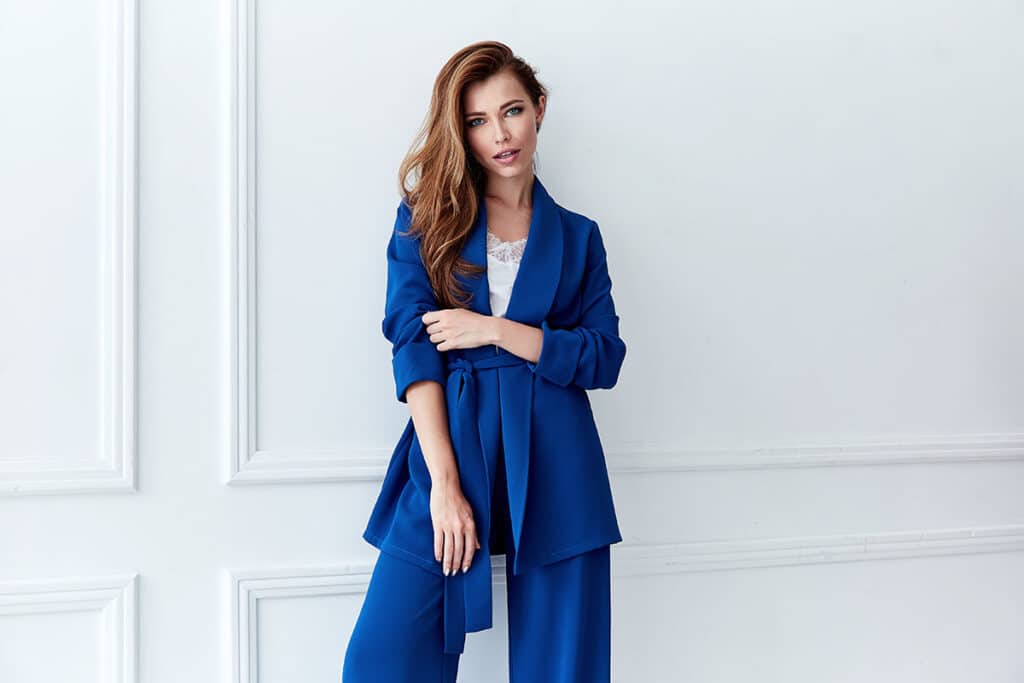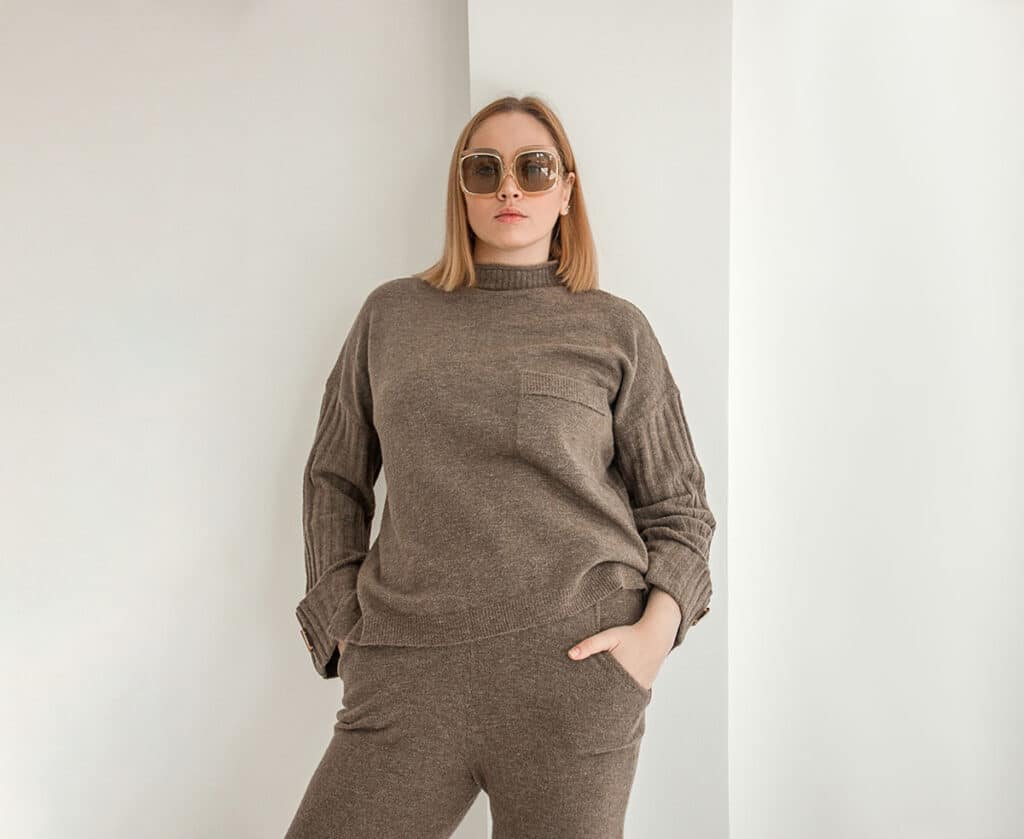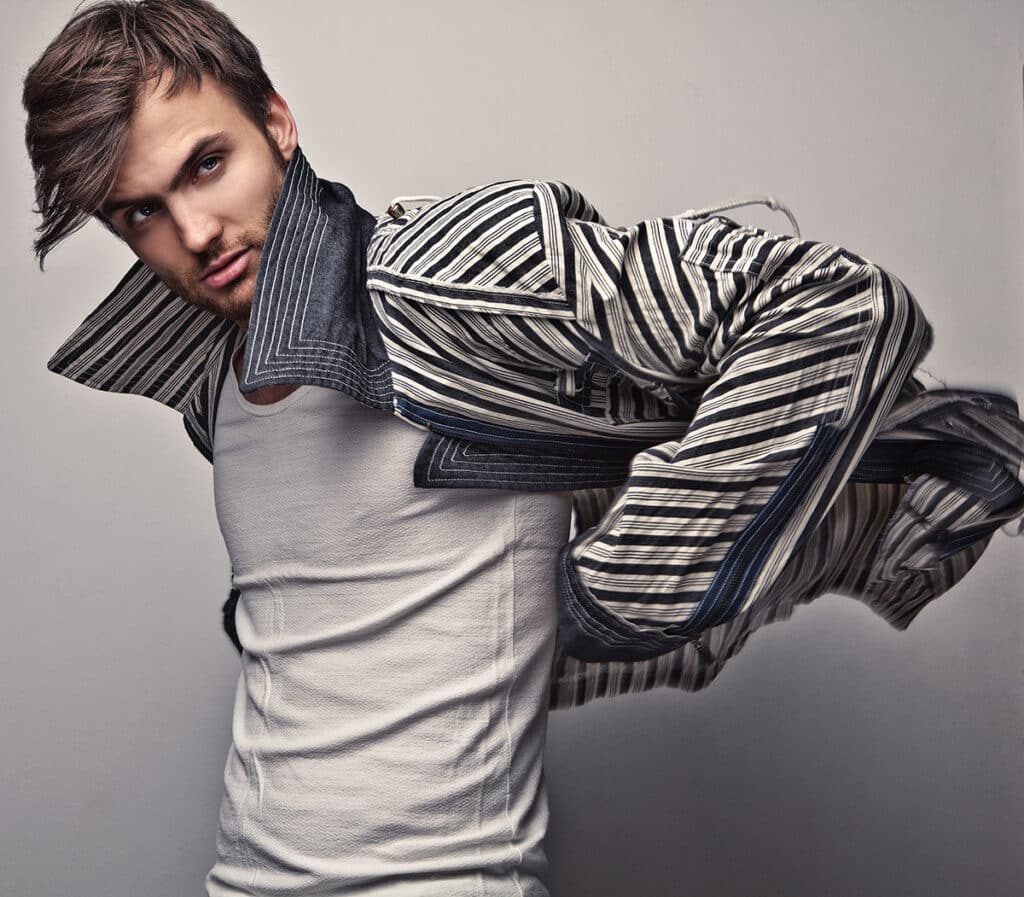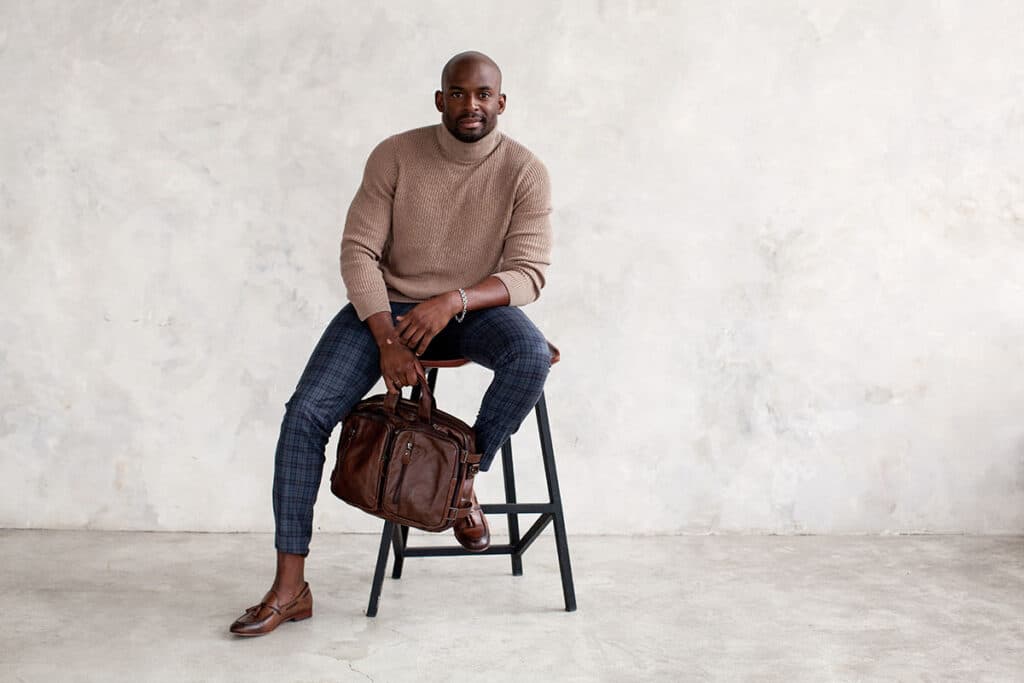10 Things You Need to Know If You Want to Become a Fashion Model
No Comments • Uncategorized • By Melissa
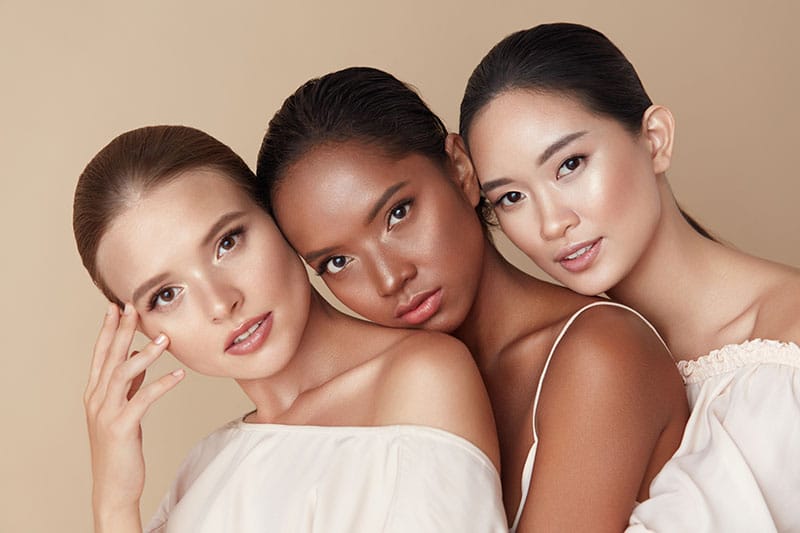
Becoming a fashion model is no easy task. It’s extremely competitive and difficult to stand out from the thousands of other hopefuls. Add the long hours, high standards and unpredictable salary and you can imagine why most people are not cut out for such a career!
But for some, becoming a fashion model is the dream. Here are 10 things you need to know if you are dead set on becoming a part of the modelling world.
1. Modelling is Extremely Physical
Fashion modelling is far more than just standing in the same spot and looking pretty while a camera captures your beauty. Modelling requires stamina, strength, focus and a positive attitude. There’s a lot of waiting involved, which can be frustrating and tiresome. There is also a lot of travelling, rushing from one project to the next. You’ll find yourself repeating poses over and over, tensing muscles so they appear toned while attempting to look relaxed and casual. You’ll need the ability to dig deep and appear comfortable and at ease even when you’re tired and fed up. Add the long hours, painful shoes and clothing, heavy make-up… modelling is not as glamorous as you might first think!
Fashion models need to work out constantly and have a strong routine that they stick to consistently. This often means working out in hotel rooms and squeezing sessions in around travel and little sleep. Working out is a high priority, even when you don’t feel like it; maintaining your body is vital if you want to stay in the modelling game.
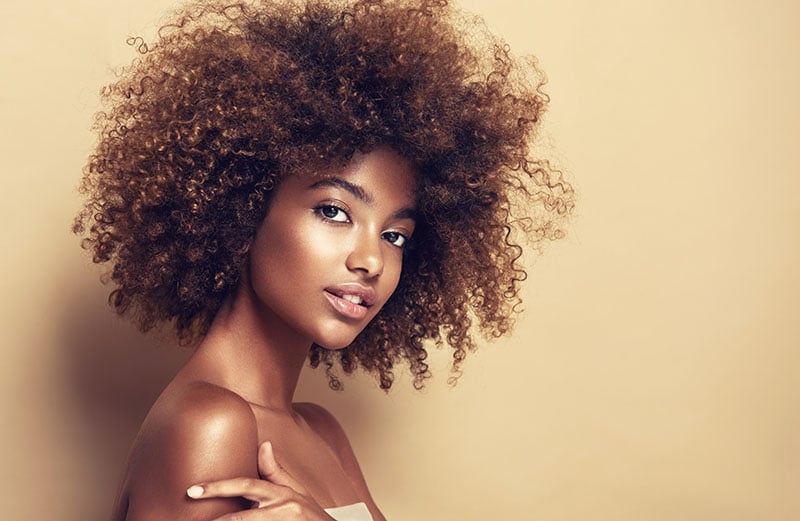
2. Your Modelling Portfolio is VERY Important
You don’t need to invest in many tools as a fashion model, but one of the most important things you can do is pay to have your modelling portfolio professionally created. Your modelling portfolio is a bit like your CV; it gives prospective photographers and brands an insight into your experience and range as a fashion model. Essentially, they will be able to view your previous work and assess whether you’d be the right candidate for future modelling jobs.
Naturally, it can be worrying for new fashion models who have no experience to add to their portfolio. But a professional photographer can take photos of you that you can then purchase to create your portfolio, as well as give you great experience in front of the camera. These can also be used on your fashion model z-cards – business-type cards that feature some modelling photos as well as other key information including measurements, dress size and contact details.
You’ll need to include full-length body images so they can see your physique as well as head shots to show off your facial features. Try to take some in natural light as this is very flattering.
Don’t think you can get away with phone images; they need to be professional photos that are high quality and detailed to really help you stand out from the crowd.
3. Practice Makes Perfect
It is true of any profession, and modelling is no different; the more your practice, the better you will be. Some aspiring models are more photogenic than others, meaning they might not have to work quite so hard. But we all need to learn about lighting, shadows, and key poses that show off our individual best features. The art of posing is holding what can often be uncomfortable positions for long periods of time without looking like it‘s taking any effort. A good fashion model can also change their poses at the click of a finger, providing the photographer and brand with lots of different options.
Practice in front of the mirror first to find your best angles. Then ask a friend or family member to take photos of you; the camera will often capture you differently. Remember to also practice outside at different times so you can see how different lighting affects your look. Booking a session with a modelling photography studio for a photo shoot will give you great insight and experience at posing.

4. Get Signed to a Modelling Agency
If you are serious about a career in the fashion industry, the best thing you can do for yourself is to try to get signed by a reputable agency. An agency has ready-made contact books and will be able to put you forward for lots of job interviews, also known as casting calls. Without an agency, you will struggle to find jobs, you will struggle to access jobs that you do find, and you won’t have industry professionals backing and supporting you.
Finding an agent is easy – it’s getting noticed and signed that’s the difficult part. As you can imagine, agencies receive hundreds of applications every week, so you’ll need to ensure your application stands out. It’s free to apply to an agency and you can apply as many times as you want, though a good rule of thumb is to apply once every 6 months or so if you don’t hear back.
5. Find Your Niche
There are more different types of modelling than just commercial and high fashion. There are petite models, plus-size models, child models (those under 18), fitness models, glamour and lingerie models, alternative models, plus many more.
You need to find which niche to suit most and try to pursue that specific genre to give yourself the best chance of success. Your natural body type will help you figure out which niche you suit best. Everyone wants to be in high fashion walking the catwalk in high-end fashion shows, but the reality is the requirements are so strict that only a select few make the cut. Other areas of modelling can be just as profitable, so be honest with yourself and which genre you suit best.
You should also ensure that your portfolio represents your chosen genre.
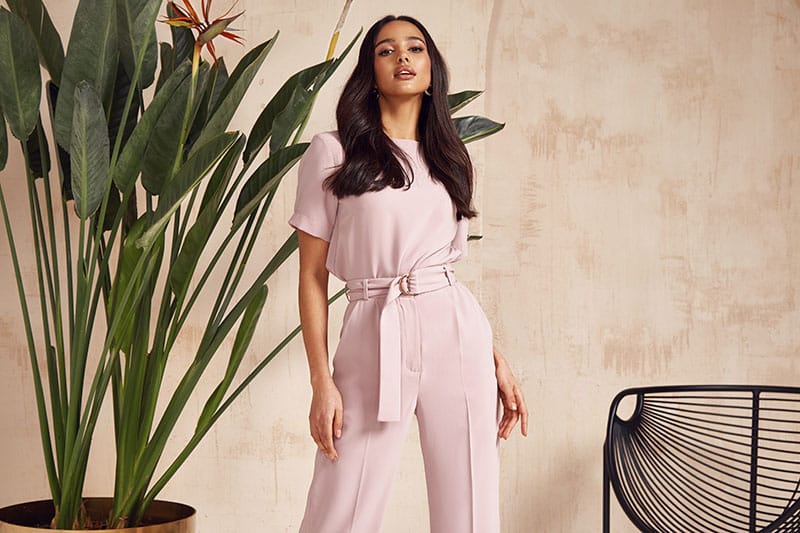
6. You Don’t Need to Go to Modelling School
Contrary to what some may say or think, you don’t need any special qualifications to become a fashion model. There are some schools and certificates you can pay to complete, but these won‘t get you any further than good experience and a strong work ethic. The top supermodels in the world did not go to modelling school, though some of them were noticed after competing in beauty competitions.
7. You Need to Be Lucky
Unfortunately, working hard and being tenacious will only get you so far; a career in modelling relies heavily on good fortune and being in the right place at the right time. You’ll need to be born with the required attributes including height and a natural slenderness if you want to be in high fashion.
Other than that, you’ll need to live in an area that works with models such as major cities like London or Manchester. You’ll need to be lucky enough to be noticed and signed by an agency. You’ll also need to be lucky enough to be considered “in fashion”; styles change constantly and your look needs to be the look of the moment to be considered.
You don’t need to be considered conventionally good looking to be considered as a fashion model, though proportional features are generally favoured.
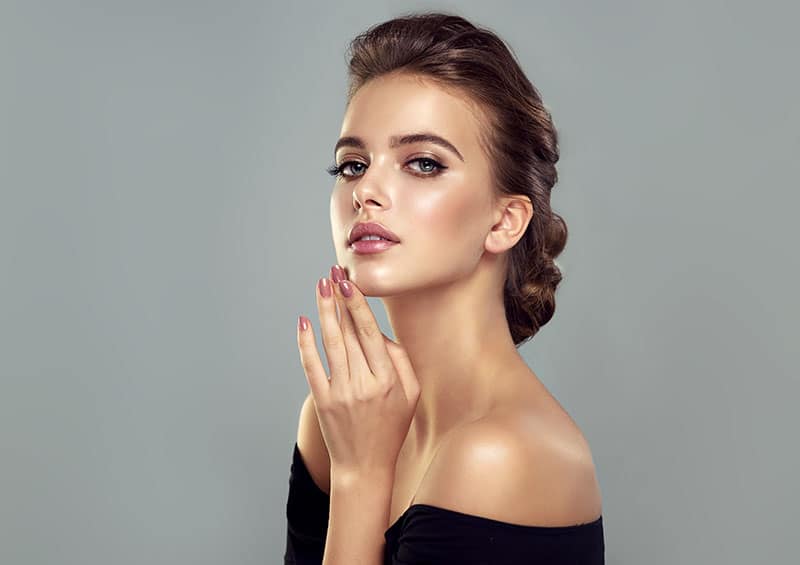
8. You’ll Need to Learn Quickly
Modelling is a constantly moving industry and you’ll need to learn fast to keep up. Trends are always changing and you’ll need to recognise all the upcoming brands, fashion designers, photographers and relevant companies if you want to appear professional. You’ll need to do your research; becoming a top model truly is a full-time occupation and takes a lot of hard work behind the scenes.
As well as this, you’ll have a lot of competition not just from other aspiring models but also from the huge influx of influencers and social media models that have recently abounded. New talent is always sought-after, but it’s very tricky to find the spotlight and then stay in it consistently. You’ll have to be constantly on the ball to even be considered.
9. You’ll Need Thick Skin to Brush Off Negativity
Sadly, the modelling industry attracts a lot of negativity in the form of comments, particularly on social media. All successful models will face this and it’s important you learn how to avoid letting this impact your mental well-being. A thick skin is vital if you don’t want to be quickly overwhelmed.
It’s not just strangers; expect to receive criticism and constant advice on how to best do your job. If you’re unable to take constructive criticism, modelling is definitely not the industry for you.
10. You Need to Be Great at Following Directions
Models are essentially living, breathing mannequins. It’s their job to make clothing and accessories look amazing to the public. Brands and photographers will have established the feel and look they want for certain products before they’ve even hired the fashion model; it’s up to you to bring their vision to fruition. That means you’ll need to be good at following briefs. You’ll also need to be good at following directions, which can come from the photographer, creative director, brand reps or your own agency.


